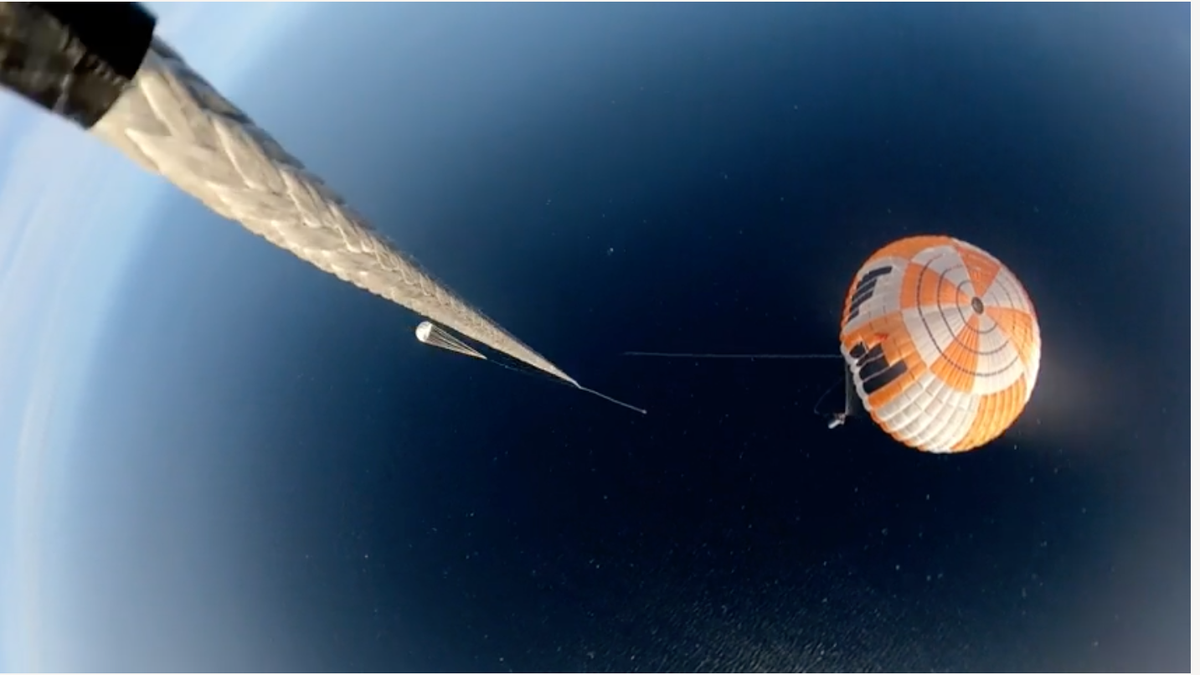
Advertisement
Update 1:50 p.m. ET: The Electron rocket took off at 1:28 p.m. ET, successfully placing its payload in a nominal transfer orbit. However, several minutes after the main engine cutoff, as the booster was descending with its extended hook, the broadcast announced that the helicopter would no longer attempt to catch the rocket booster mid-air and that it would perform an ocean splashdown instead. The reason for the aborted attempt has not yet been disclosed.
G/O Media may get a commission
Advertisement
Original post follows.
The company will attempt to catch its Electron rocket after its upcoming launch during a window that opens at 1:15 p.m. ET on Friday, November 4. The rocket will take off from Pad B at Rocket Lab’s Launch Complex 1 in New Zealand, and a helicopter will be ready to snag it as it falls back towards Earth.
Advertisement
The daring mid-air catch will be broadcast, and you can tune in to the action live. Rocket Lab will begin a live stream of the “Catch Me If You Can” mission about 20 minutes before the scheduled launch through its website. You can also watch the launch and attempted catch at the live stream below.
This is the company’s second attempt to pull off the mid-air rocket catch, and it’s aiming to get it right this time. On May 2, a customized Sikorsky S-92 succeeded in catching the Electron rocket as it fell back to Earth following its liftoff but ended up dropping it in the Pacific Ocean. The pilots onboard the helicopter noticed “different load characteristics” than those experienced during previous test flights and decided to drop the rocket just to be safe.
Advertisement
Rocket Lab needs to recover its rocket before it touches the water to investigate its potential for reusability during future launches. During Friday’s launch, the company’s Electron rocket will be carrying a single satellite known as MATS, or Mesospheric Airglow/Aerosol Tomography and Spectroscopy. Funded by the Swedish National Space Agency, the satellite will study gravity waves in Earth’s upper atmosphere.
The rocket’s second stage will deploy the payload to orbit, while its booster, or first stage engine, will separate from the second stage and fall back to Earth with the help of a parachute. A helicopter will be ready to catch the rocket by snagging the parachute line through a large hook.
Advertisement
Rocket Lab is hoping to reduce costs of upcoming launches by reusing its Electron rocket’s first stage the same way SpaceX reuses its Falcon 9 rocket. SpaceX’s rocket, however, lands vertically on landing pads or offshore platforms rather than being hooked onto a hovering helicopter.
More: Firefly’s Alpha Rocket Finally Reached Orbit but Its Payload Didn’t Stay There